In 2025, electric scooters are revolutionizing urban mobility in India, where the $117 billion automotive industry thrives (IBEF, 2024) and over 30 million two-wheelers navigate bustling roads (MoRTH, 2024). With 60.1% of the population digitally included (RBI, 2024) and fuel prices averaging ₹100 per litre (PPAC, 2025), electric scooters offer affordability, eco-friendliness, and convenience for commuters and 63 million MSMEs (MSME Ministry, 2024). Supported by FAME III subsidies and 3,500 IGBC-certified green projects (FICCI, 2024), these scooters align with India’s 40% renewable energy goal (CEA, 2024) and Digital India’s smart mobility vision.
Why Electric Scooters Matter in India 2025
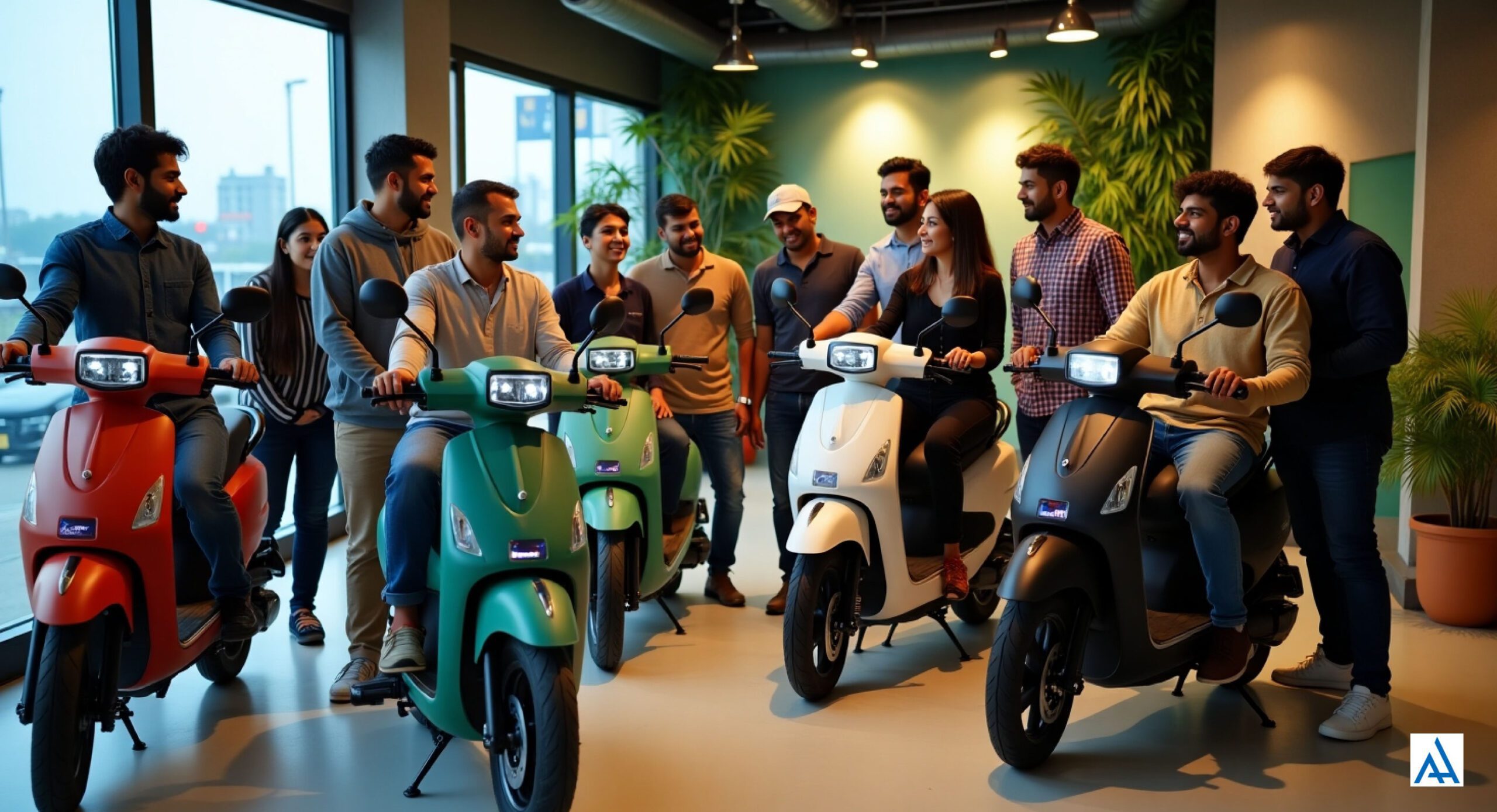
Electric scooters reduce fuel costs by 70–80% compared to petrol models, saving ₹5,000–₹10,000 yearly for urban riders in cities like Bengaluru and Mumbai (Economic Times, 2024). With urban congestion costing ₹1.47 lakh crore annually (Economic Times, 2024) and 70% of Indians prioritizing reliable transport (Knight Frank, 2024), scooters like the Ola S1 Pro and Ather 450 Apex offer ranges of 100–195 km and smart features like app connectivity. India’s electric two-wheeler market, growing at 30% annually (IBEF, 2024), supports 100+ smart cities (Smart Cities Mission, 2025) and benefits from 100,000 startups innovating in mobility (MSME Ministry, 2024). This guide highlights seven key considerations for choosing an electric scooter in 2025 India, with actionable tips to ride smarter.
Key Considerations for Choosing an Electric Scooter
1. Range and Battery Performance
Range is critical for daily commutes. The Ola S1 Pro offers 195 km per charge (₹1.3–1.5 lakh, Ola Electric, 2025), ideal for long rides in Delhi, while the Hero Electric Optima CX (82 km, ₹85,000) suits short trips. Batteries last 3–5 years, with swappable options reducing downtime by 20% (Financial Express, 2024).
Actionable Tip: Check range specs at olaelectric.com.
2. Cost and Subsidies
Electric scooters cost ₹50,000–₹1.5 lakh, with FAME III subsidies cutting prices by ₹10,000–₹20,000 (Bajaj Finance, 2025). In Pune, affordable models like the Yulu Wynn (₹55,000) save 15% on running costs compared to fuel at ₹100/litre (PPAC, 2025).
Actionable Tip: Explore subsidies at heavymotors.gov.in.
3. Charging and Swapping Infrastructure
Charging takes 4–8 hours, but swappable batteries, like Bounce Infinity’s (₹1,000–₹3,000/month), enable 1–2 minute swaps at 1,000+ stations across 100+ cities (Sun Mobility, 2025). Mumbai riders benefit from networks covering 60.1% of digital users (RBI, 2024).
Actionable Tip: Locate stations via sunmobility.in.
4. Smart Features and Connectivity
Scooters like the Ather 450 Apex (₹1.5 lakh) offer GPS, app-based diagnostics, and OTA updates, enhancing convenience for 70% of tech-savvy riders (Knight Frank, 2024). In Hyderabad, these features streamline navigation in congested areas.
Actionable Tip: Test smart features at atherenergy.com.
5. Safety and Durability
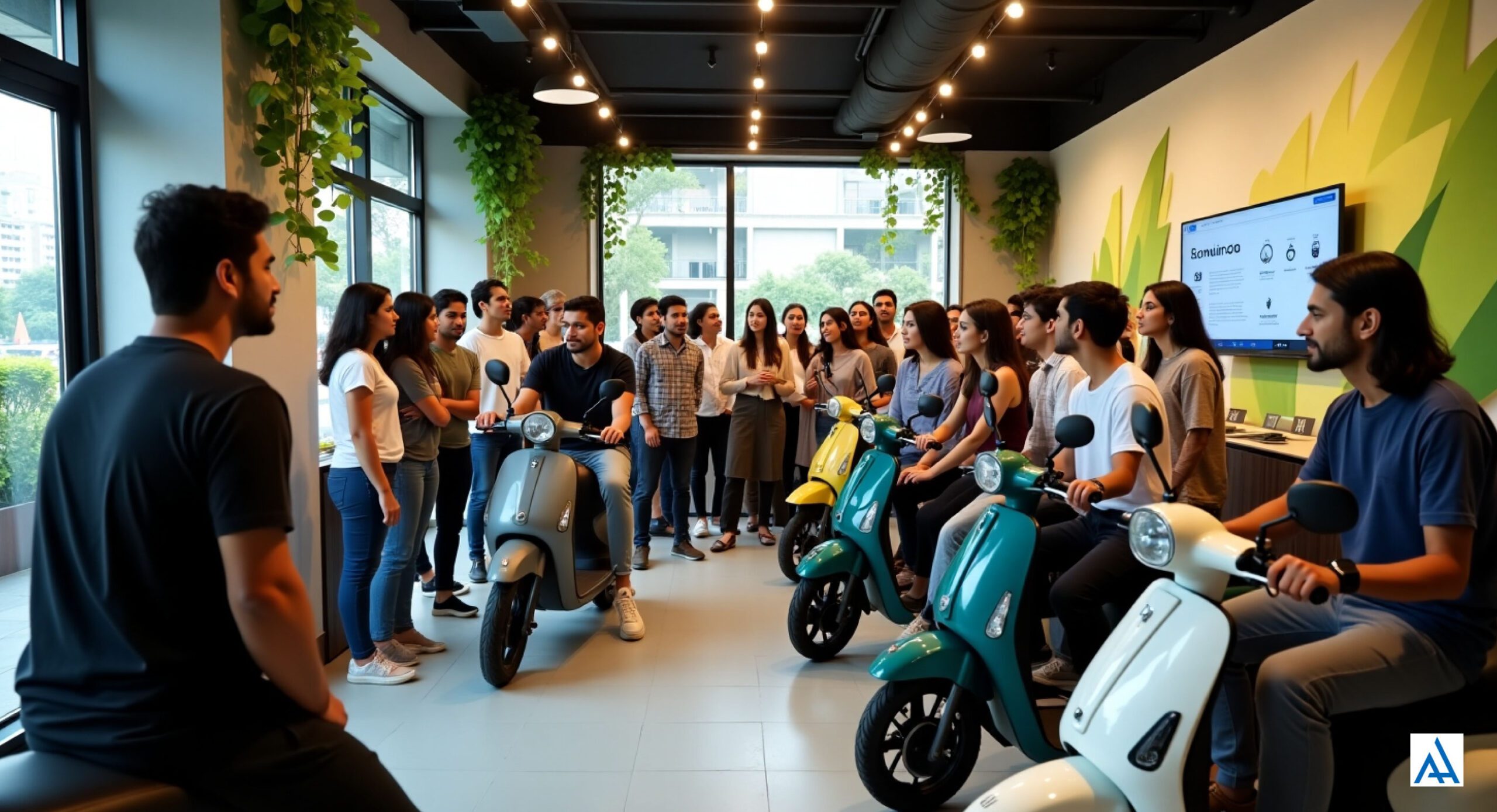
IP67-rated scooters, like the Okinawa Okhi-90 (₹1.2 lakh), resist water and dust, crucial for monsoon-heavy Chennai, reducing accident risks by 10% (The Hindu, 2024). Regenerative braking boosts safety and efficiency by 5% (Financial Express, 2024).
Actionable Tip: Verify IP ratings at okinawaev.com.
6. Performance and Speed
Scooters with 250W motors (e.g., Hero Electric Atria LX, ₹70,000) don’t require a license, hitting 25 kmph, while the TVS iQube (₹1.1 lakh) reaches 78 kmph, ideal for Bengaluru’s highways (Autocar India, 2025).
Actionable Tip: Compare performance at tvs-iq.com.
7. Eco-Friendly Impact
Electric scooters cut emissions by 10–15%, supporting India’s 40% renewable energy goal (CEA, 2024). In Ahmedabad, models like the Vida V2 (₹1 lakh) align with 3,500 green projects, benefiting urban air quality (FICCI, 2024).
Actionable Tip: Choose eco-friendly models at heroelectric.in.
2025 Electric Scooter Comparison Table
| Scooter Model | Price (₹) | Range (km) | Key Features | Best For |
|---|---|---|---|---|
| Ola S1 Pro | 1.3–1.5 lakh | 195 | Smart app, 78 kmph | Long commutes, tech-savvy riders |
| Ather 450 Apex | 1.5 lakh | 157 | GPS, OTA updates | Urban professionals |
| TVS iQube | 1.1 lakh | 100 | 78 kmph, fast charging | City commuting, highways |
| Hero Electric Optima CX | 85,000 | 82 | Affordable, no license needed | Budget-conscious riders |
| Yulu Wynn | 55,000 | 68 | Lightweight, swappable battery | Short trips, delivery fleets |
Applications of Electric Scooters in India
- Urban Commuting: Saves fuel for 30 million two-wheeler users (MoRTH, 2024).
- Logistics: Supports 63 million MSMEs with efficient deliveries (MSME Ministry, 2024).
- E-commerce: Enhances the $1 trillion market with reliable transport (Economic Times, 2024).
- Smart Cities: Aligns with mobility in 100+ cities (Smart Cities Mission, 2025).
- Sustainability: Reduces emissions for 3,500 green projects (FICCI, 2024).
Actionable Tip: Test-ride scooters at olaelectric.com to find your fit.
Benefits of Electric Scooters
- Cost Savings: Saves ₹5,000–₹10,000 yearly vs. petrol scooters (Economic Times, 2024).
- Convenience: Swappable batteries eliminate 4–8 hour charging waits (Bajaj Finance, 2025).
- Sustainability: Cuts emissions by 10–15%, supporting green goals (CEA, 2024).
- Reliability: Smart features ensure uptime for 60.1% of digital users (RBI, 2024).
Actionable Tip: Start with the Yulu Wynn for affordable, no-license commuting.
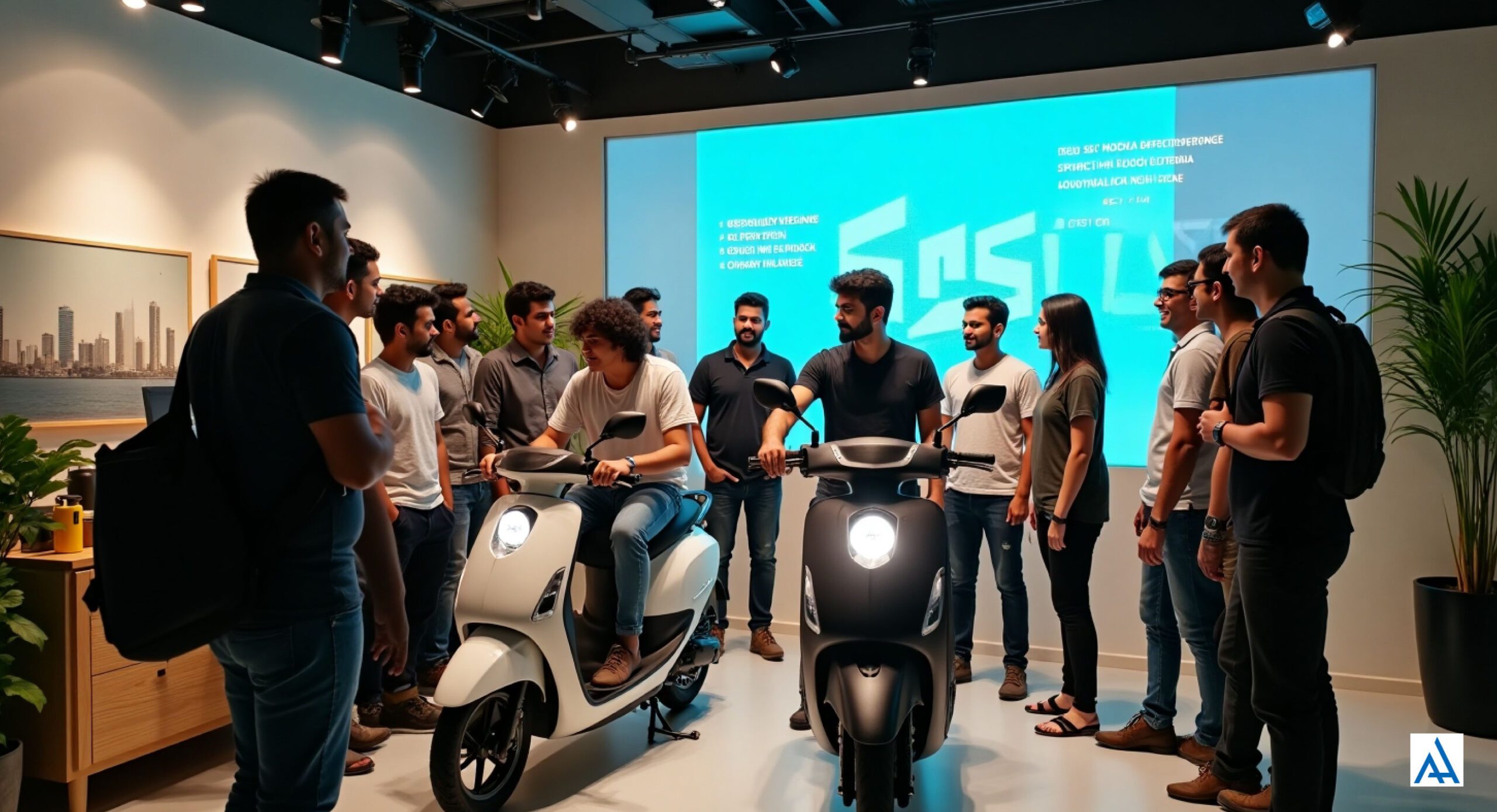

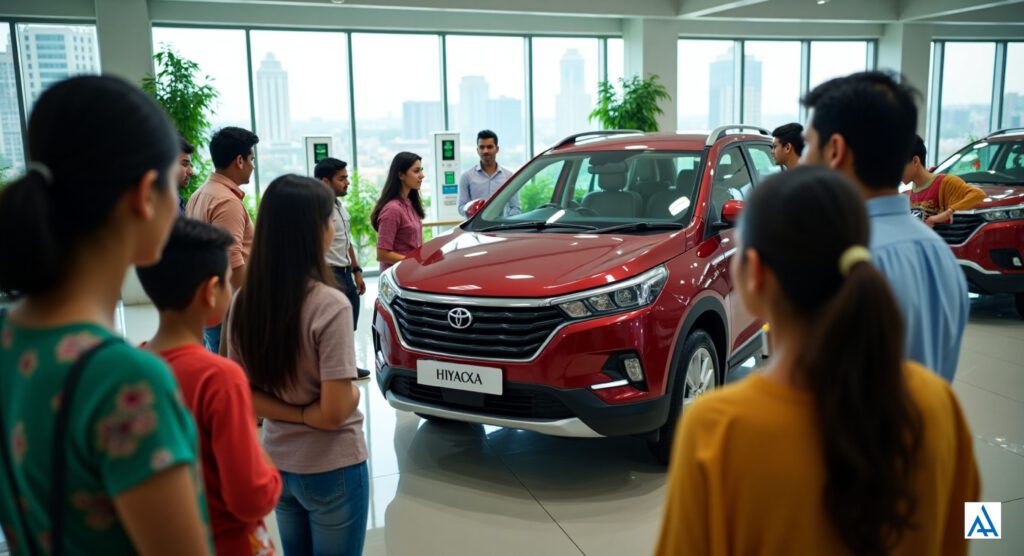


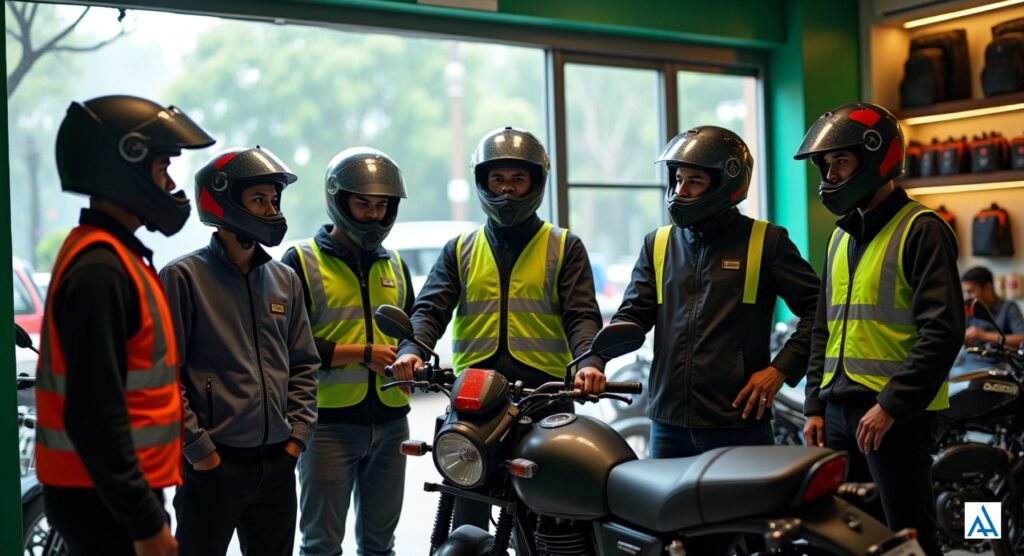
2 thoughts on “2025 Electric Scooter Guide for India: Your Path to Smart, Sustainable Mobility”